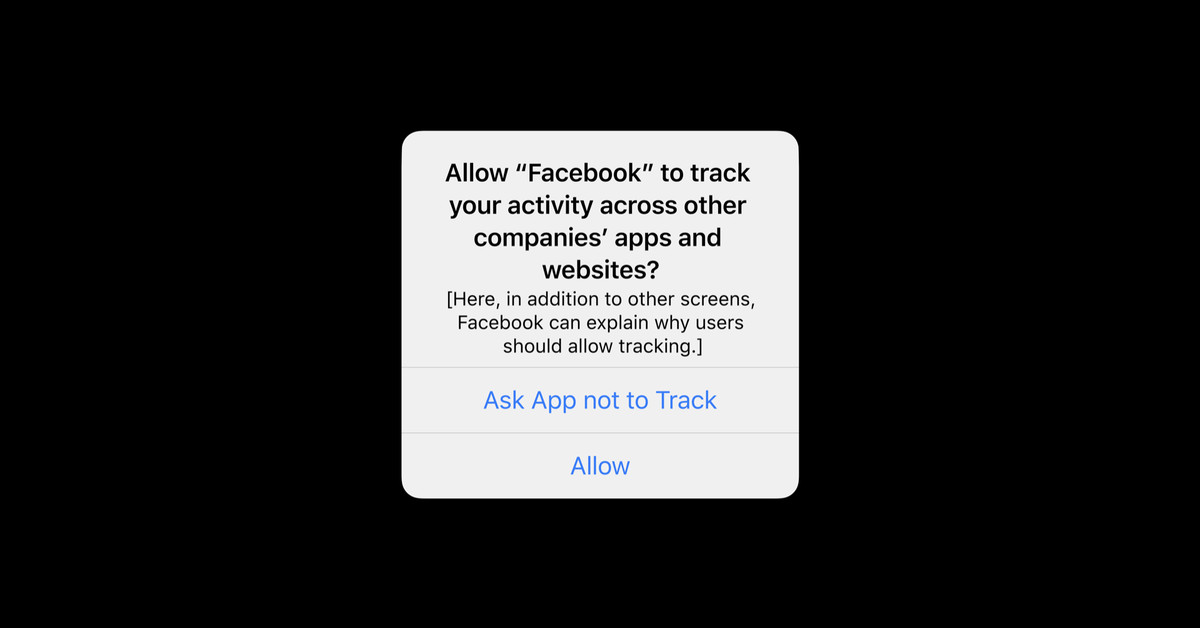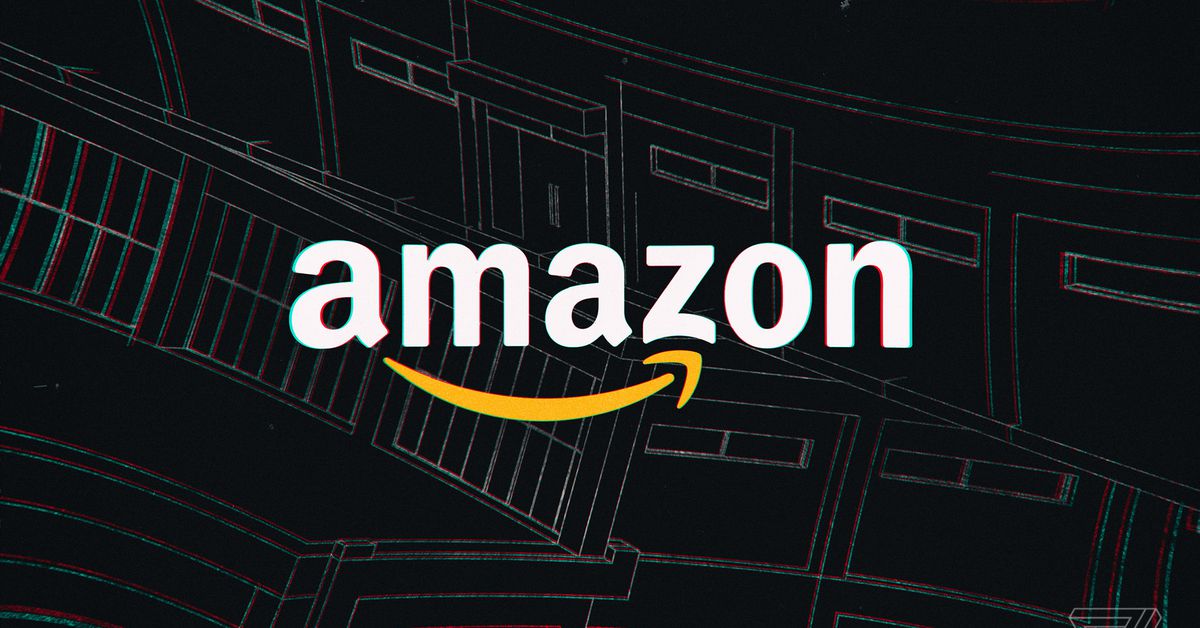
The new smart home standard Matter is making a lot of grand promises, chief among them are fixing the interoperability mess the smart home is currently in and making Apple, Samsung, Google, and Amazon talk to each other. Big jobs. But it’s also tackling one of the other pain points in the connected home: TV control.
One part of the new connectivity protocol is a specification for televisions and streaming video players. This means that Matter could become yet another way to control content in our homes. But, with its promise of platform agnosticism, Matter’s TV spec has the potential to replace proprietary casting systems, like Apple’s AirPlay or Google’s Cast, and finally free our TVs.
Matter TV, as we’ll call it for wont of an official name, will allow control of a television’s core functions — volume up / down, changing the channel, controlling inputs and outputs, and switching between HDMI ports. “But importantly, you can also do casting,” Chris DeCenzo, Principal Software Development Engineer at Amazon Lab126, told The Verge.
“This is an area with at least five proprietary protocols today,” he says. “The result is a complete opportunity loss for everyone.” Not to mention major headaches for users as they grapple with which voice assistant can get this content and which remote will control that streaming stick. Amazon is leading the effort to define the specification for Matter — unsurprising, as it is currently the only large player without a proprietary way to cast content from a smartphone to a TV.
“Control of media is one of the most popular use cases for Alexa,” says DeCenzo, who told me Amazon is working with the different industry leaders in the fields of smart TVs, streaming video players, and content providers to help them adopt Matter. The goal is so that “customers can have a consistent way to use voice control and to launch their favorite content on those screens,” he says.
While the Matter TV specification doesn’t explicitly call out voice control, the idea here is standardization. One protocol for all device communication, everything will talk to everything else using the same language, no matter who made it. Ultimately, this means you will be able to use your control interface of choice (a voice assistant, remote control, or smartphone / tablet app) with all your streaming content devices and apps.
When Matter arrives in 2022, the Matter TV specification will use app-to-app communication, at least until the TVs and streaming video players become Matter enabled. The spec supports casting from a Matter client (e.g., a remote, a smart speaker, or a phone app) to an app running on a Matter-enabled TV or video player device, explains DeCenzo. It also supports URL-based casting, which means a Matter client can cast to a TV even when there’s no app for that client, if the TV supports Dynamic Adaptive Streaming (DASH, an international standard for streaming) or HLS DRM streams (HLS is a video streaming protocol developed by Apple and widely supported across Android devices and browsers).
The capability could go beyond just entertainment and be used to enable smart home notifications, says Chris LaPré of the Connectivity Standards Alliance, the organization that oversees the new standard. For example, it could cast a message from your connected doorbell to your smart TV, notifying you that someone is at the door. It could potentially show you the video feed, too, something of a workaround for including video feeds in Matter, since cameras are not part of the first device rollout.
Intriguingly, LaPré posited that the specification could allow for the use of context when delivering these messages, such as notifying you from the smart speaker in the room you are in that your laundry is done. “It can be about casting anything, smart home notifications, local video — all it needs is a URL to pull content from,” says LaPré.
The technology here is not system-level specific, as with Apple’s AirPlay. It appears to be more akin to Google’s Cast, where apps will need to build support for it, at least initially. But like AirPlay, and as with all Matter communications, it’s entirely local. Communication from device to device uses Matter as the channel. At launch, Matter will use ethernet, Wi-Fi, and Thread as its communication protocols.
The requirement for the app makers — such as Hulu and Netflix, who aren’t currently members of the CSA — to build Matter support could make this something of a non-starter initially. Beyond Amazon and its Prime Video and Google with YouTube, few of the major streaming content providers are part of the CSA, and the app developer will initially need to add Matter support to both the app in the phone or casting device (for example, a smart speaker, laptop, or smartphone) and the app in the receiving device (TV, streaming stick, smart display).
“You can have communication directly from the Prime Video app on my phone to the Prime Video app that’s on the TV,” explains DeCenzo. Going forward, according to LaPré, the streaming video players and TVs will have Matter built into the devices themselves, and at this point the apps in the receiving device won’t need to be Matter-enabled. It seems likely Amazon will enable Matter on its Fire TV devices, and the company has already committed to upgrading all its smart speakers to support Matter. Samsung, TCL, Panasonic, Toshiba, and LG are all involved with Matter, as are Apple and Google. Also, streaming video player maker Roku is part of the Matter TV working group. However, according to the list of companies on the Matter website, Vizio and Sony are two notable hardware players that are not yet signed up.
The main goal, however, is part of Matter’s overarching promise: avoiding manufacturer lock-in. People should be able to buy whichever device they choose and it should be able to talk to all the other connected devices in their home, regardless of who made it.
For example, if both were Matter-enabled you should be able to control an LG TV from a Samsung smartphone, and that LG TV should be able to receive a message from a Miele smart washer that the laundry is done. But, and this is a big but, nothing in the overall Matter spec is a requirement. A company that is on board with Matter as a whole is under no obligation to adopt a certain device specification that they don’t need or want to.
This means that Apple and Google do not have to adopt the Matter TV specification if they don’t want to (but if they do, they have to adopt it all, including casting). LaPré says both companies have “blessed this” as part of the spec (Matter is governed by members of the CSA who vote on the specifications). Whether they will adopt it remains to be seen. But if Amazon does, which seems like a good bet, it should mean you can use Matter to cast from your Amazon Prime app on your iPhone to your Amazon Prime app on your Apple TV or Google Chromecast.
I reached out to both Google and Apple about this specification and how it would impact their current offerings. Both companies have committed to supporting Matter in their respective smart home ecosystems and both are members of the CSA. Kevin Po of Google said in an email that “Google Assistant will support Matter (eg. on/off, play/pause, app launch etc.) at parity with our current Works With Assistant offering.” Apple did not comment.
Po went on to reiterate that Google Cast remains Google’s preferred method for sending media via apps and voice to Chromecasts, speakers, and displays. As, we can only assume at this stage, will Airplay be Apple’s “preferred method.” But what your preferred method will be could very soon involve a lot more choice.
Updated Thursday, December 9th, 1:20PM: Added that if a company chooses to adopt the Matter TV spec, it will need to adopt all of it.
Updated Saturday, December 11th, 2:45PM: A previous version of this article stated that according to the list of companies on the Matter website, Roku and Toshiba were not part of Matter. The CSA reached out to say its website is out of date and Toshiba and Roku are now members.



/cdn.vox-cdn.com/uploads/chorus_asset/file/25547226/1242875577.jpg)
/cdn.vox-cdn.com/uploads/chorus_asset/file/25546751/ES601_WEBR_GalleryImages_KitchenCounterLineUp_2048x2048.jpg)

